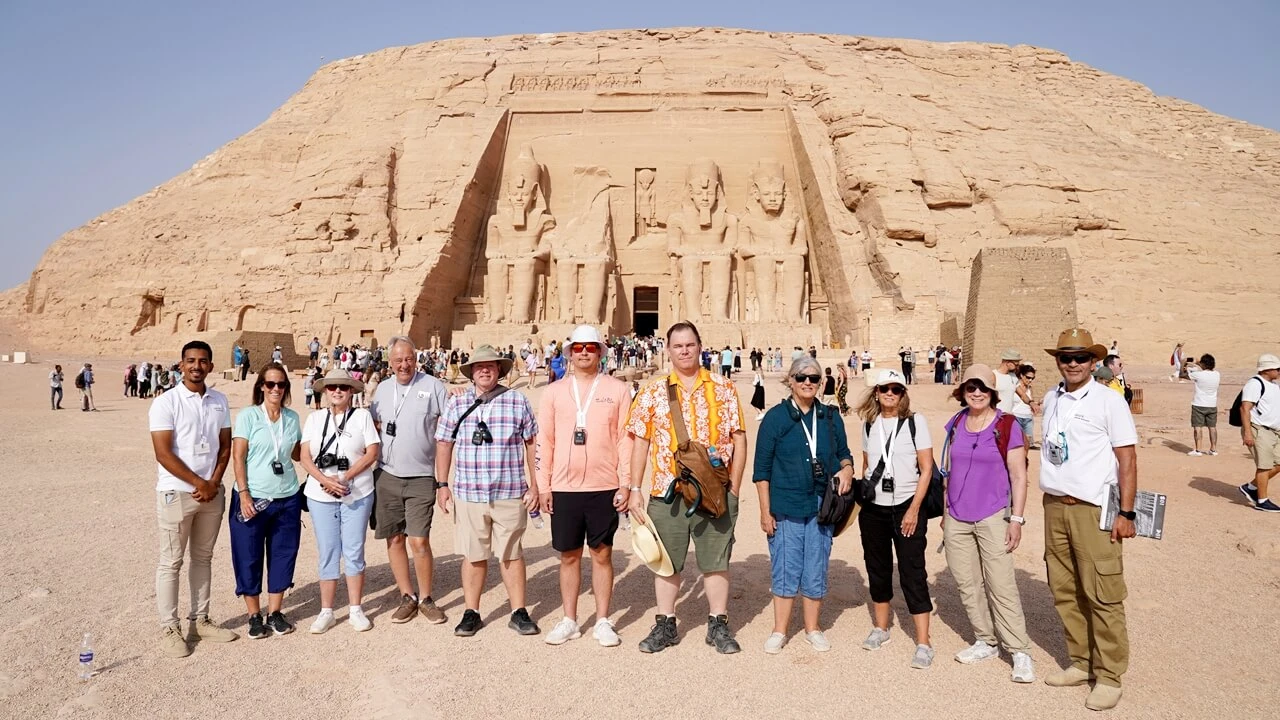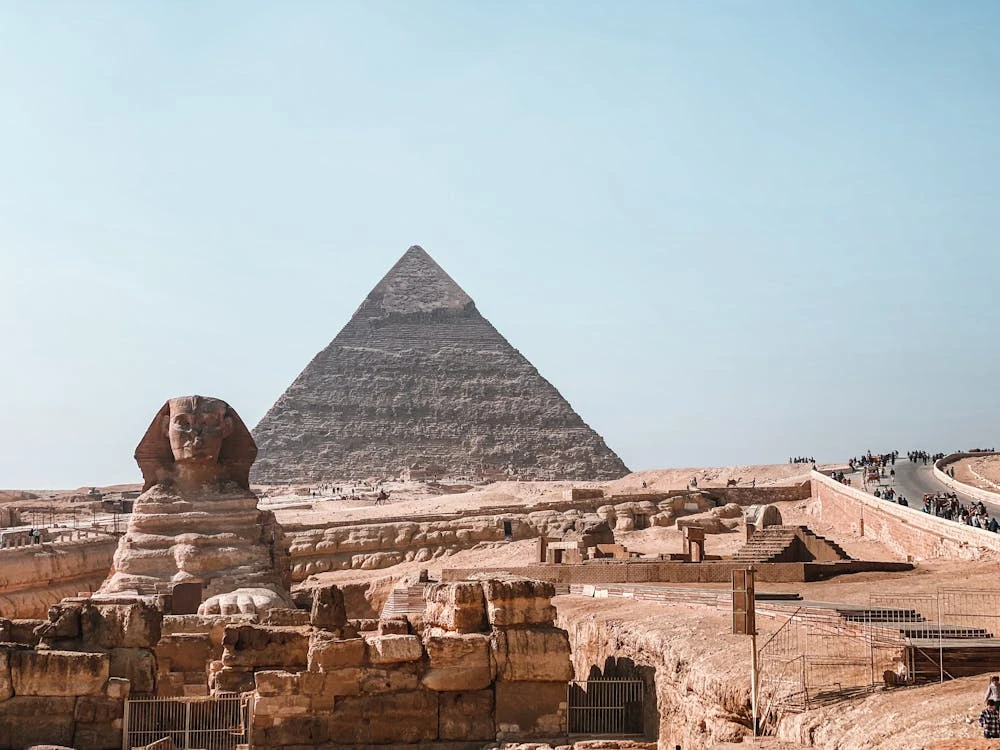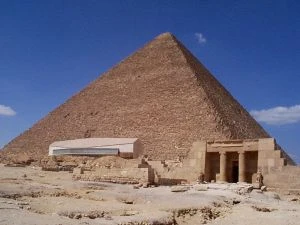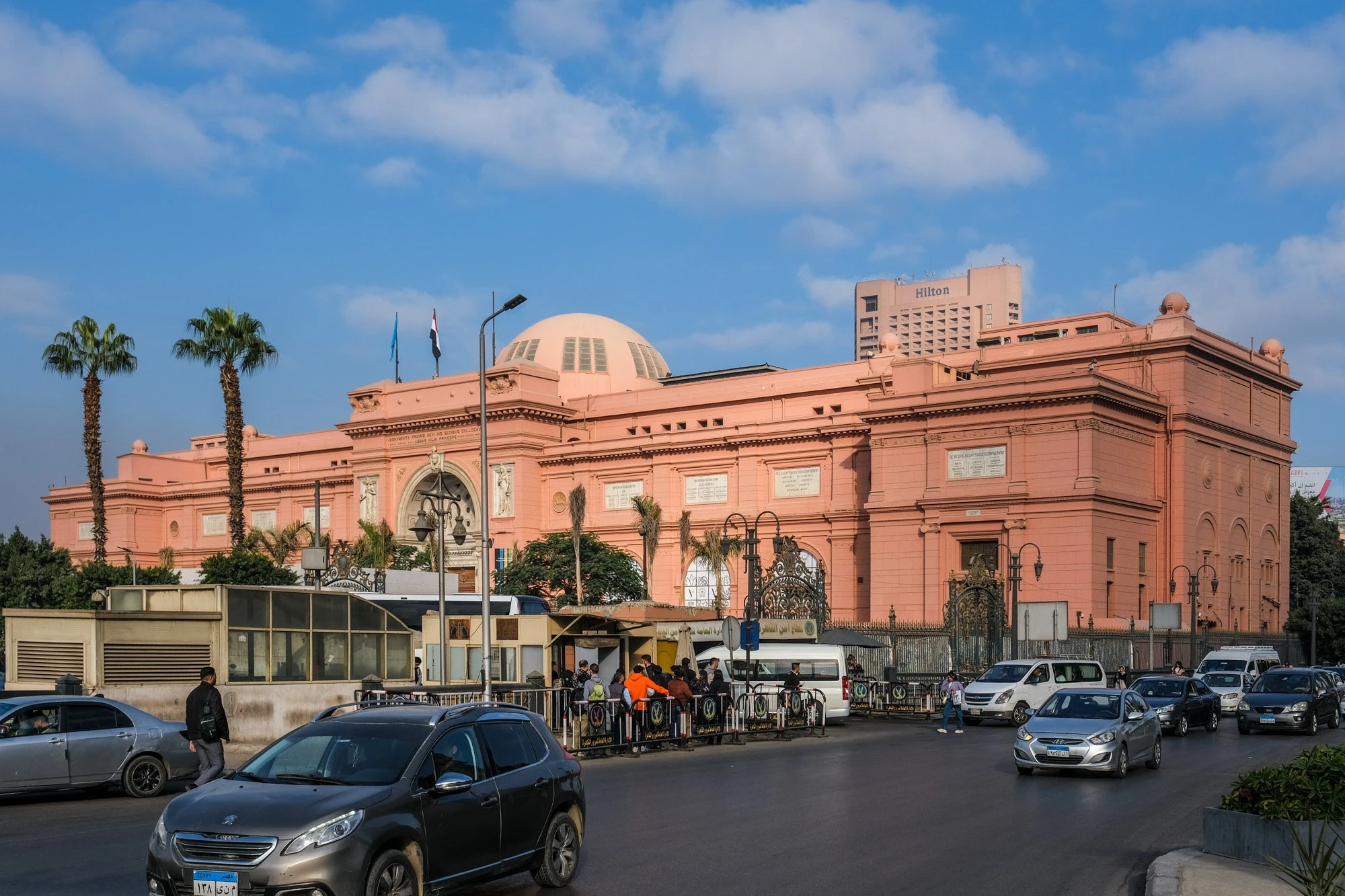Some of the world’s most iconic and ancient landmarks rise from the sands of Egypt, making it a destination of great significance for any history enthusiast or lover of adventure. From the breathtaking Pyramids of Giza to the majestic temples of Luxor and Aswan, Egypt Classic Tours offer a timeless journey into the heart of a civilization that helped shape the ancient world.
Timeless Cairo
Cairo the unique city where all antique ruins are in process-from the majestic Pyramids of Giza, along with the solitary guardian erected in limestone-the bearish Great Sphinx. Then, farther down in the heart of the city lies Tahrir Square with the Egyptian Museum antithetically placed there, each toppling another with its treasures, King Tutankhamun's golden mask, well preserved mummies of pharaohs, and ancient royal engravings that tell the tale of Egyptian history. These, among many others, are some of the top attraction places in Egypt, drawing visitors from around the world to behold the ageless glory of its past.
Not far away, the district of Islamic Cairo unfolds like a living manuscript of art and architecture. The sites comprise countless mosques and medieval buildings that show centuries of Islamic influence along the Nile River. On the top of a hill overlooking the city stands the Citadel of Saladin, a medieval fortress, within which is the elegant Mosque of Muhammad Ali, framed with Ottoman-style domes and high minarets that offer magnificent panoramic views of the skyline of Cairo.
In Coptic Cairo, the story turns to Egypt's Christian heritage. This lent itself to entering into narrow lanes that lead to some of the oldest churches in the country, including the Hanging Church, suspended above a Roman gate. The Coptic Museum nearby preserves rare icons, manuscripts, and artifacts giving context to the narrative of early Egyptian Christianity.
Past Cairo, the ride keeps yielding way to the 4,000-year-old majestic Nile River while a cruise from Luxor to Aswan launches presenting immense gory temples, royal tombs, and a few river-side ruins. Like a living timeline, it flows by the Karnak Temple, Valley of the Kings, and the tranquil beauty of the Philae Temple.
Egypt Classic Tours with its expert guides provide seamless itineraries for the perfect holiday experience.
Some activities in Cairo
the Pyramids of Giza and the Great Sphinx: You can take a camel ride around the pyramids or even enter some of the tombs within the pyramids for an in-depth view of how ancient people practiced Egyptian burial.
Nile River Cruise: Take a gentle sail on the Nile River aboard the traditional boats called feluccas or an evening dinner with entertainment in order to catch the magical evening view of Cairo's skyline.
Khan El Khalili Bazaar: was one of the oldest Middle Eastern markets, teeming with life in the souk filled with everything from traditional spices, perfumes, and textiles to jewelry and souvenirs. It is the perfect place to feel the lively atmosphere of Cairo.
Cairo Opera House: For the culturally inclined, catch a performance at this venue, which also features a lot of classical music, ballet, and modern Egyptian productions.
Walk Among Pharaohs in Luxor
The Valley of the Kings is one of the Must-See Classic Attractions in Egyptm, it's the most famous archaeological sites in Egypt.It is one of the biggest temple complexes in Egypt.
Luxor Temple: Located on the east bank of the Nile, this is one of the most impressive temples in Egypt. It is a house for the god Amun built by Pharaoh Amenhotep III and completed by Ramses II; its magnificent entrance, great statues, and enormous pylons make it one of the major sights to see in Luxor.
Temple of Hatshepsut: This is one grand mortuary temple, carved into the cliffs of Deir el-Bahari on the west bank of the Nile, for Queen Hatshepsut. Its well-balanced terraces and beautiful reliefs
Colossi of Memnon: Two enormous stone statues of Pharaoh Amenhotep III stand on the west bank of the Nile and are the remains of his mortuary temple. The statues are an arresting sight and are famous for the "singing" sounds that emanated when the statues vibrated in the morning sun, a phenomenon that has long since ceased.
Valley of the Queens: This is a site very close to the Valley of the Kings where wives and children of the pharaohs were buried. It has beautiful, well-preserved frescoes decorating the tombs.
Luxor Museum: a modern museum that represents the location of many findings of the area of Luxor and includes statues, mummies, and other artifacts found in Luxor temples and tombs. This museum will enable visitors to delve deep into the rich history of the city, and find a lot of Things to do in Luxor
Fun activities in Luxor
Hot Air Balloon Ride: A breathtaking sunrise hot air balloon ride over Luxor offers a panoramic view of the Valley of the Kings, temples, and the Nile River.
Nile Cruise: The cruise of the Nile from Luxor down to Aswan represents one of the best ways to see Egypt's most spectacular ancient sites on the river, including Edfu Temple, Kom Ombo, and Philae Temple.
The attractive classic places that are worth seeing in Aswan:
Philae Temple: This is a beautiful island temple complex in Lake Nasser that is dedicated to the goddess Isis. The temple is famous for its well-preserved reliefs and inscriptions, and it's among the most picturesque and historically significant places in Aswan.
Aswan High Dam: A modern marvel in engineering, the Aswan High Dam controls the flow of the Nile River and supplies vital irrigation and power to Egypt. The dam is very popular among visitors as it offers a panoramic view of Lake Nasser and the surrounding desert.
The Unfinished Obelisk is a giant obelisk that shows, by partly being carved into the bedrock, how ancient Egyptians worked on stones. Were it to have been completed, it would have been the largest obelisk ever erected, and history enthusiasts could only have imagined such a breathtaking sight.
Kom Ombo Temple: On the banks of the Nile sits this unique temple, known as Kom Ombo Temple, which houses two gods: one being the crocodile god Sobek and the other a falcon-headed god named Horus. This is a twin temple, with symmetric entrances and sanctuaries for both these deities.
Nubian Museum This museum allows one to delve into the history and culture of Nubia, a civilization that once flourished in the area south of Egypt.
Elephantine Island, the island in the Nile just opposite the shore from Aswan, is host to a number of ruins, including the ruins of temples devoted to the gods Khnum and Satet. It is also famous for its Nubian villages, showcasing the culture of the Nubian people.
Abu Simbel is among the most famous and huge temples that reached fame. They were built by Ramses II for their monumental statues and carvings.
Things to Do in Aswan
Philae Temple: This beautiful Temple of Philae is built on the island in Lake Nasser and is dedicated to the goddess Isis. It can be achieved by a boat ride towards the temple with fabulous views.
Aswan High Dam: One of the most intelligent engineering structures around the world, the Aswan High Dam provides information on how it was built to save the floodwaters of the Nile. A boat tour will be provided around Lake Nasser, offering scenic views.
Nubian Museum: Discover the rich history of the Nubian people at the Nubian Museum, which features artifacts, art, and exhibits showcasing Nubian culture and its role in ancient Egypt.
Felucca Ride on the Nile: Take this traditional felucca boat ride on the Nile River, especially around Elephantine Island and Kitchener's Island, offering a peaceful and picturesque way to enjoy the beauty of Aswan.
Elephantine Island: A trip to Elephantine Island to see the remains of the temples of the god Khnum and the view of the Nile from its peculiarly privileged position.
St. Simeon Monastery: This is the most important ancient Christian site in Egypt, on the other side of the Nile from Aswan. It is worth visiting to get a glimpse of Egypt's Christian heritage.
Nubian Villages: Visit the colorful Nubian villages near Aswan to learn about the Nubian culture, enjoy local crafts, and experience the warm hospitality of the Nubian people.







-webp.webp)


-webp.webp)
-webp.webp)

-webp.webp)



